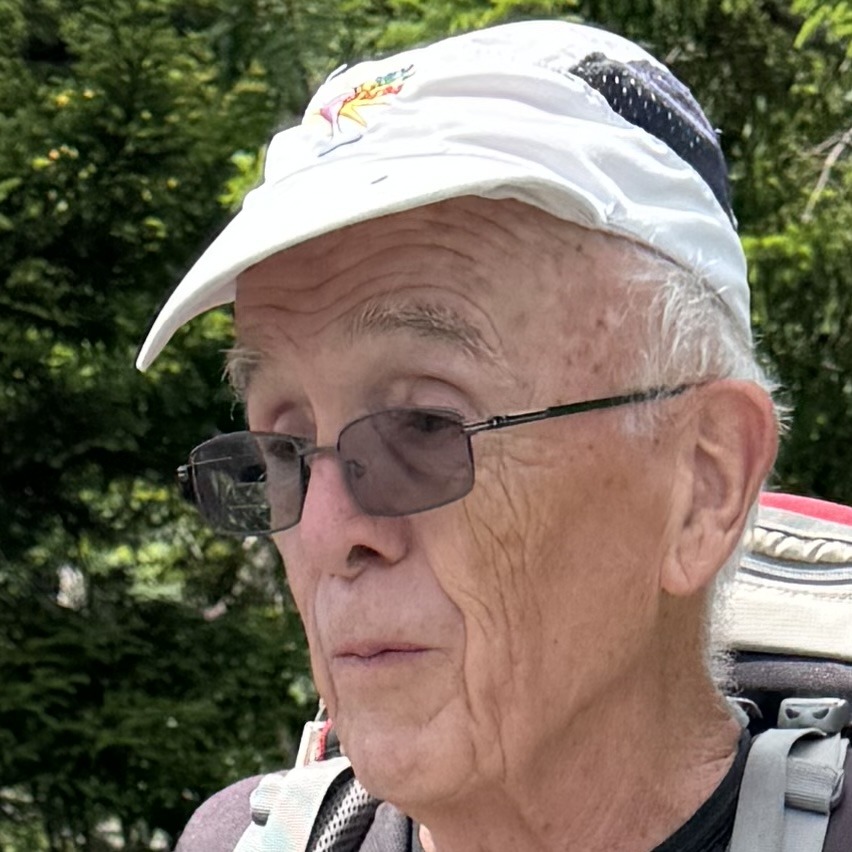Thoreau on Mount Monadnock
Robert M. (Bob) Young is a member of the Thoreau Society and the author of Tramping Monadnock! New Discoveries with Henry David Thoreau. The author thanks Digital... Read more.

Robert M. (Bob) Young is a member of the Thoreau Society and the author of Tramping Monadnock! New Discoveries with Henry David Thoreau.